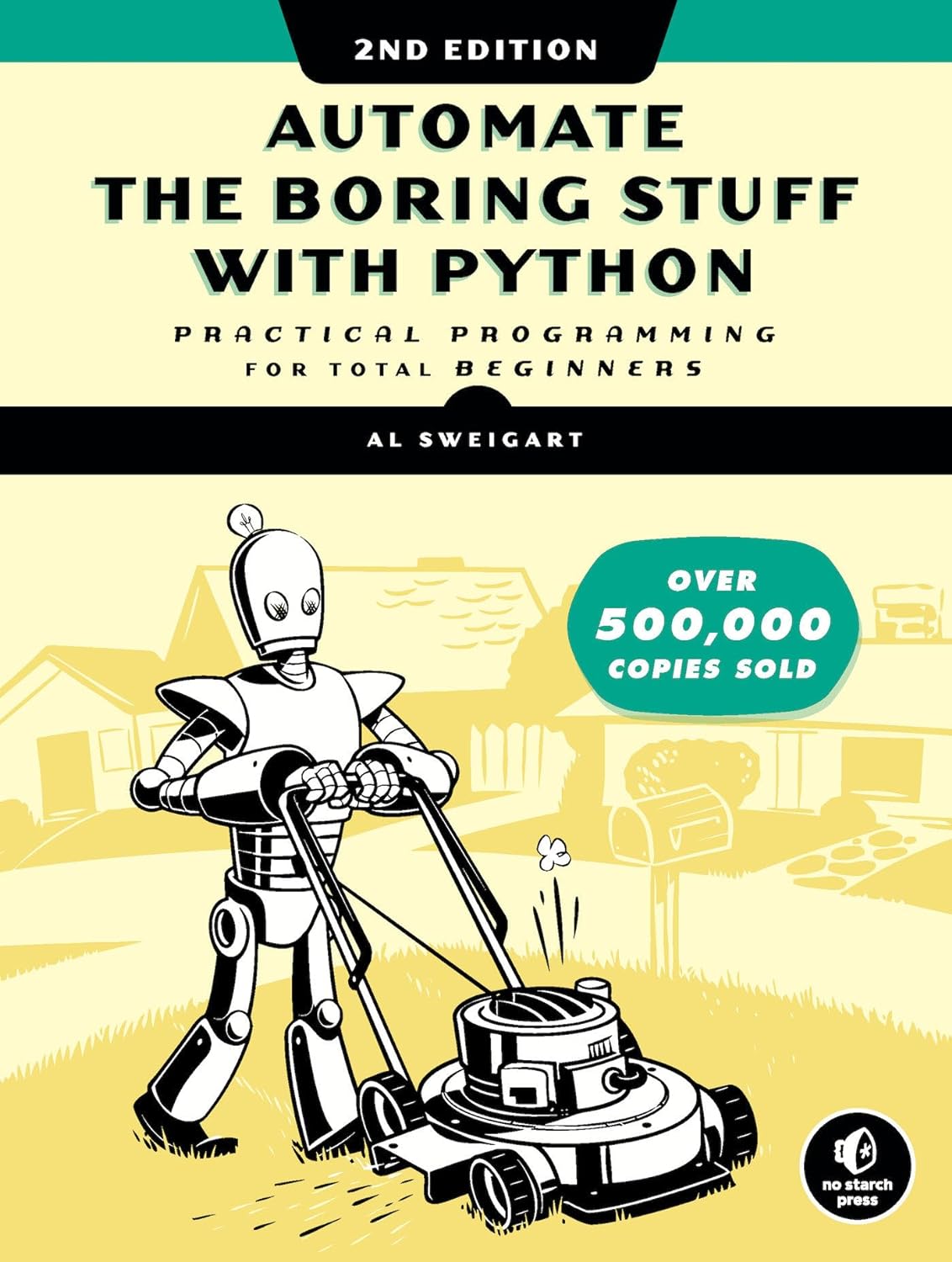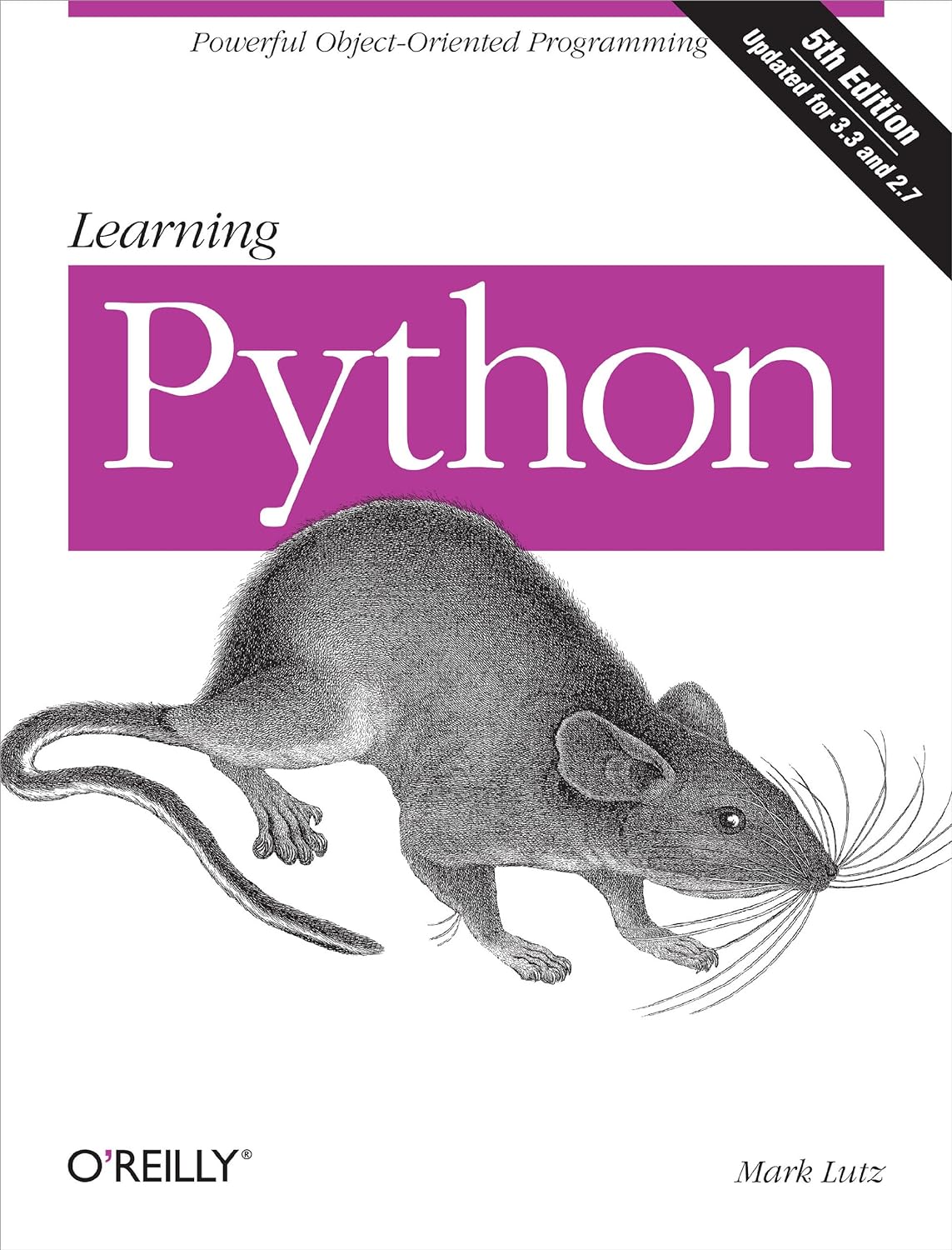Python is a very powerful programming language and is used in various scenarios, the most recently popular being Artificial Intelligence. But Python can be used for other tasks such as data science and data analytics (Python vs R), games, web, and desktop applications.
A popular enquiry has been “What programming language do I learn first?” This can be viewed from several perspectives. For instance, personal interest, learning curve, language difficulty within the context of other languages, and more importantly, its relevance in the present day and tomorrow. It is clear that one popular area today is Artificial Intelligence (AI), and it is likely to remain so for coming years. If you are keen to learn AI, then it is often natural that you would go for a language like Python. Ultimately, you do not just learn how to build machine learning models, you acquire more skills to do more, like automating tasks in tools such as Excel, Word, PowerPoint, for file management, device-to-device communication, or cloud interactions.
If you are a beginner programmer, this course is designed to help you take your first steps into the programming world! If you’ve ever wanted to learn how to write code but were unsure where to begin, this course is perfect for you. Python is one of the most popular programming languages in the world, known for its simplicity, versatility, and power. As mentioned earlier, it is widely used in fields like web development, data analysis, artificial intelligence, game development, and more. By learning Python, you’re unlocking opportunities to work on exciting projects and solve real-world problems. Stay with CulerLearn and obtain direct support on your IT journey.
Why Learn Python?
Python is an excellent language for beginners for several reasons:
- Easy to Read and Write: Python uses simple syntax, making it easy to understand even if you have never written any code before.
- Versatile: From creating websites to analysing data or even building video games, Python can do it all.
- Huge Community Support: As one of the most popular languages, Python has an enormous community of developers ready to help and share resources.
- High Demand: Python skills are highly sought after in the job market, making it a great investment in your future.
In this course, we hope to keep you engaged in learning and loving how to program in Python. You do not need any prior programming experience. All you will need is curiosity, a willingness to learn, and access to a computer.
What Can You Expect?
Over the next few weeks, we will guide you through the basics of Python programming. You will not only learn how to write code but also understand how to think like a programmer. This course combines theoretical concepts with practical assignments to ensure you get hands-on experience from day one.
At the end of this course, you should:
- Be comfortable with Python fundamentals.
- Have the skills to write simple programs and solve beginner-level coding problems.
- Understand how to break down problems into logical steps and implement solutions in Python.
- Be able to think like a programmer when you encounter problems that need to be solved programmatically.
This course is a stepping stone into the programming world, and we hope it will spark your curiosity and passion for coding. So, let’s get started on this exciting journey.
What You Will Learn
In this first part (Part 1), you will learn the following concepts, and by the end of this course, you should have gained knowledge and skills in the following areas:
- Python Basics:
- What is Python, and why use it?
- Setting up Python on your computer.
- Writing your first Python program: “Hello, World!”
- Working with Data:
- Variables and data types (strings, integers, floats, and booleans).
- Input and output in Python.
- Basic arithmetic and logical operations.
- Control Structures:
- If-else statements to make decisions in your code.
- Loops (for and while) to repeat tasks efficiently.
How the Course is Structured
This course is structured to make learning both fun and manageable. Here are some guidelines for how the course works :
- Chapter and Lessons:
- The content is spread across chapters and sub-lessons. Each lesson covers key Python concepts with examples. They are designed to be concise and beginner-friendly. The chapters provide a structured approach to using the content. However, we advise that you complete each week before proceeding to the next week for effective learning and assimilation. Concepts discussed later will build upon prior concepts.
- Chapter Exercises and Assignments:
- At the end of each lesson, you’ll get an opportunity to try out a few exercises. The exercises come with solutions that you can use to compare with your answers. We strongly advise that you take time out to do all the exercises to reinforce what you’ve learned. Make sure you understand the concept in the current section before moving on to the next section.
- A quiz follows after each chapter. This would be used to evaluate your performance. It also provides an opportunity for you to evaluate your performance based on what you understand so far.
- AT some point, you would be able to request direct tutor engagement during the course.
- Support and Community:
- Join the course online forum to ask questions, share progress, and connect with other learners.
- There shall be regular live Q&A sessions with the instructor.
- Completion Certificate:
- At the end of the course, you will receive a certificate of completion.
This course has been designed to fit a flexible schedule. Whether a student, a working professional, or simply curious about coding, you can learn at your own pace.
About Your Tutor
Dot has nearly three decades of computer programming experience, with vast industry experience in systems design, software development, Artificial Intelligence, and Computer Vision. With an Electrical/Electronic Engineering background, he has an MSc in Mobile App Development and a PhD in Artificial Intelligence and Edge Computing. He has taught at higher education levels in the UK as a Lecturer in Games Development and is certified as an Associate Fellow in Higher Education in the UK. He loves technology and continuously explores how it could be used to improve lives by creating unique experiences. He is also passionate about teaching others what he knows and guiding students to use technological tools to create new systems. You can access his LinkedIn profile here – LinkedIn Profile
Errata
We have tried to be as accurate as possible in the preparation of this course. Nonetheless, we are open to suggestions for modifications due to errors discovered within the text. In the case where you encounter any errors, please contact us to correct the error. We would sincerely appreciate this. Thanks.
Important: How to Improve Assimilation
As you go through any of our programming courses, make sure to have one or more A4 paper by your side with a pen. Try to write down some of the code on paper before typing them into the computer. This is an often ignored but important learning strategy. Psychologically, the first stage of learning involves visualising the content. The content goes into short-term memory. Your brain does minimal processing of the content at this stage since you do not directly utilise it. However, when you write down the content, the brain needs to interpret it before enabling you to write it down. This helps greatly with retention. This dynamics becomes familiar when you compare watching a video tutorial about a subject vs reading a book on the same subject. In this case, this strategy helps you with understanding and assimilating the syntax of the programming language. This is how we learnt as well and it worked for us.
Recommended Books (Amazon)
In addition to learning using this course, we recommend that you buy one of the following books to practice alongside this course. Alternatively, you could complete the course and then buy one of the books to improve your learning. The chapters in the books are not aligned with the course curriculum but they provide you with real scenarios that you can immediately apply (such as in the first book).



Reviews
There are no reviews yet.